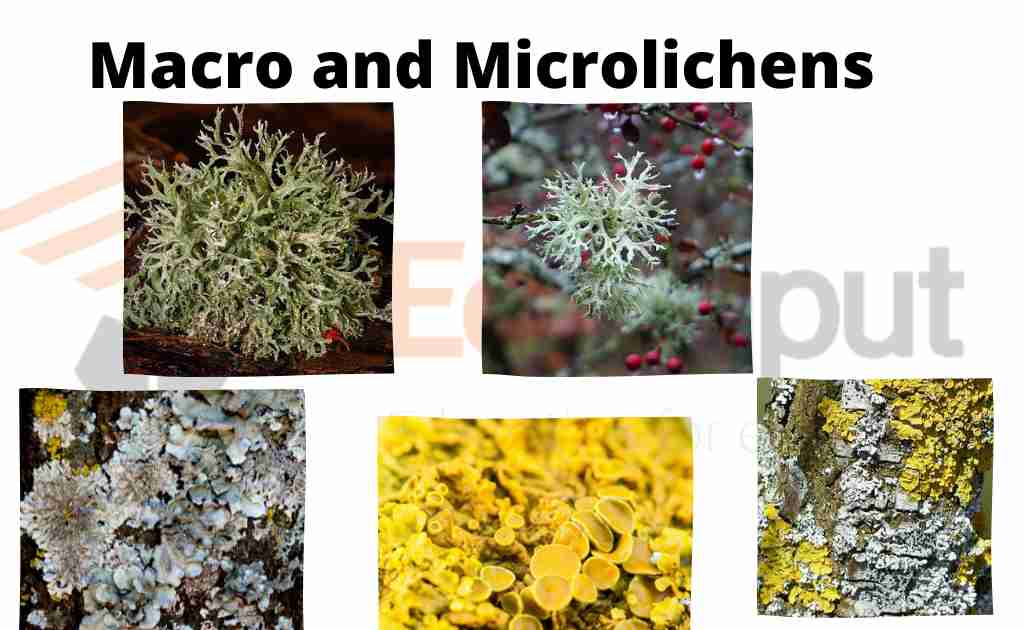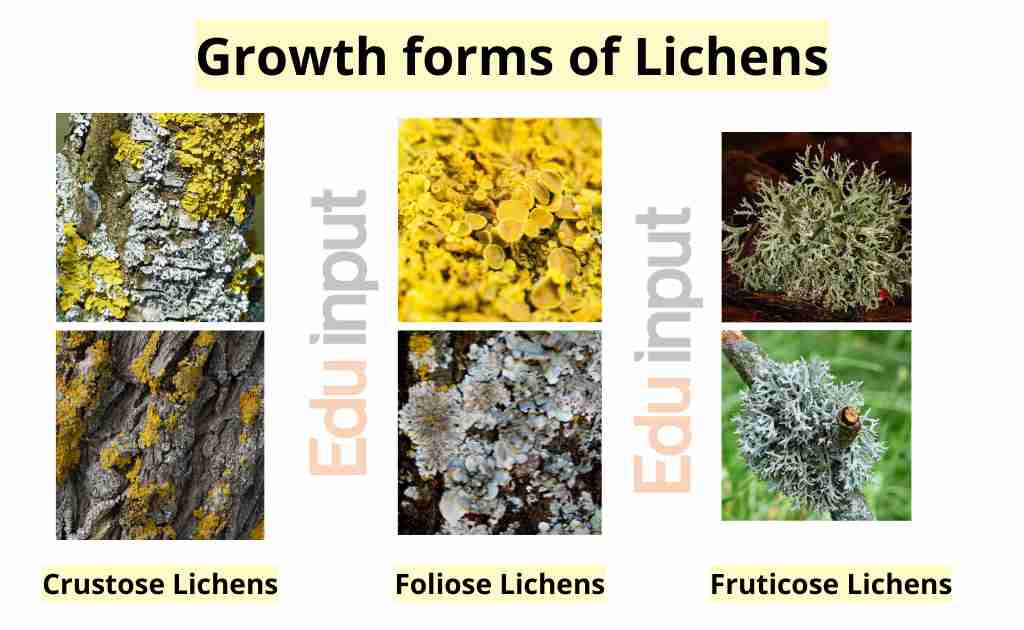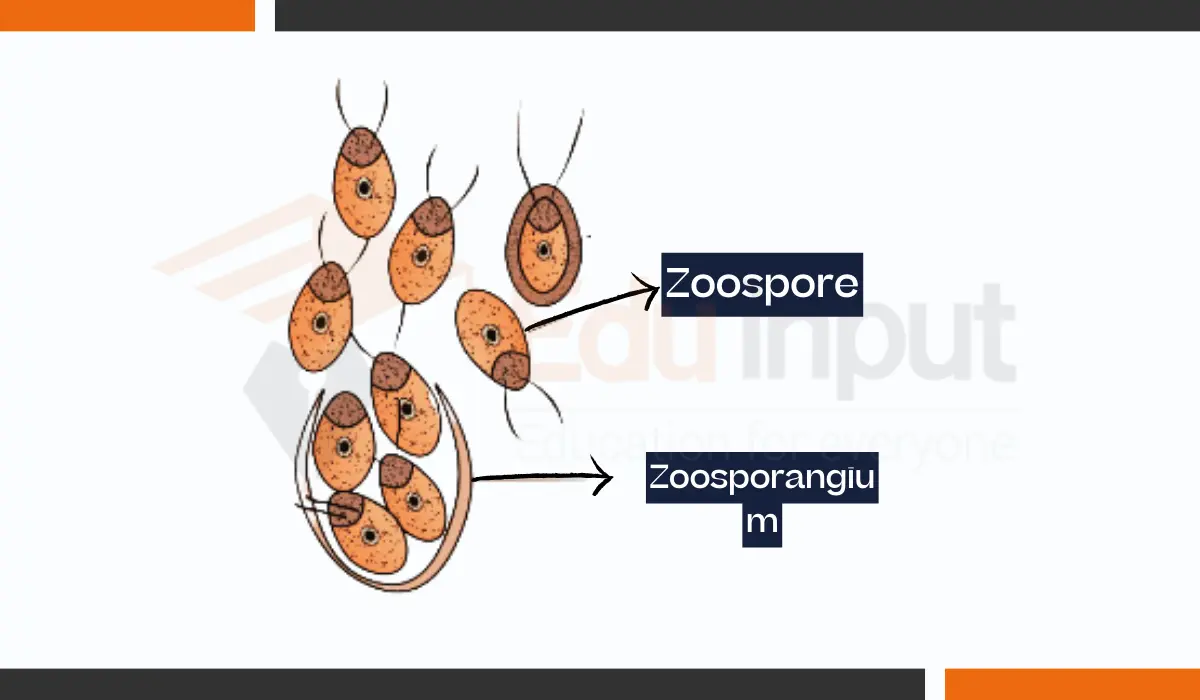Lichens- Structure and Forms of Growth
A lichen is not a single organism. Rather, it is a symbiotic relationship between different organisms – a fungus and an alga or cyanobacterium.
a) Fungi: The fungi are certain Ascomycetes, imperfect fungi, and a few basidiomycetes (20 species).
b) Photoautotrophs: The photoautotrophs are green algae or cyanobacterium sometimes both.
Types of Lichens:
Macrolichens can either be leafy or bush-like in appearance, while all other lichens are called microlichens. The terms “macro” and “micro” in this context refer to growth form, not size.
15000 species of lichens are known till now. Most of the visible part of a lichen consists of fungi. The algal components are present within the hyphae. The fungi protect the algae from Bu strong light and desiccation and algae provide food to fungi. Lichens vary in color, shape, overall appearance, and growth form.

Occurrence of Lichens
Lichens are a fascinating group of organisms that can be found in a variety of habitats all over the world. They are classified as either epiphytes (grow on other plants) or terricolous (grow on the ground), and can be found in rain forests, woodlands, and even deserts.
Lichens are also known to be one of the first colonizers of newly exposed surfaces, such as rock, walls, and gravestones.
Structure and Growth forms of Lichens:
Lichens are interesting organisms because they are composed of two different types of life forms – fungi and algae – working together.
This composite body is called a thallus (plural thalli), and it is anchored to its substrate by hair-like growths called rhizines. There are three main lichen body types: foliose, crustose, and fruticose.
Growth forms of Lichens:
There are three growth forms of lichens:
- Crustose Lichens: These lichens grow tightly attached to the rock, tree trunks, etc. Example: Ramalina
- Foliose Lichens: These are leaf like. Example: Bacidia, lecanory
- Fruticose Lichens: These form a branching system. Example: Parmelia.

Importance of Lichens:
(i) Lichens grow in harsh places like bare rock. Algae or fungi cannot grow alone in such places. (ii) They are ecologically very important. They act as bioindicators for air pollution.
Read about Reproduction In Lichens

 written by
written by 



Leave a Reply